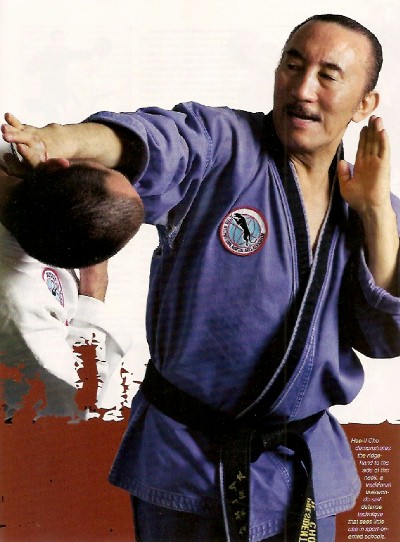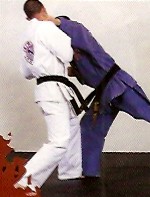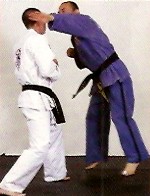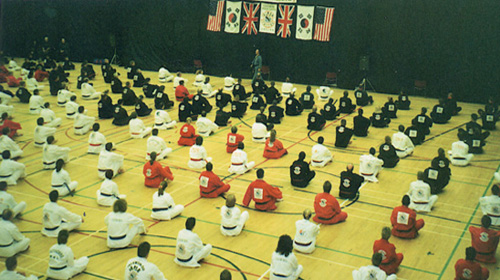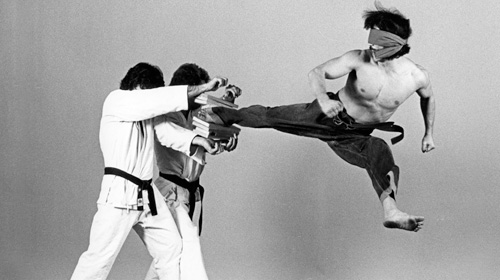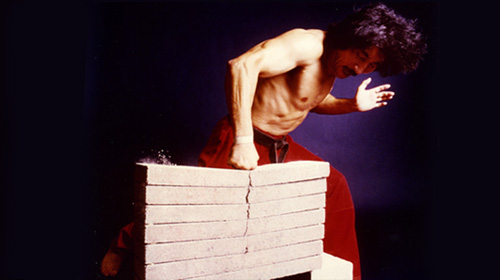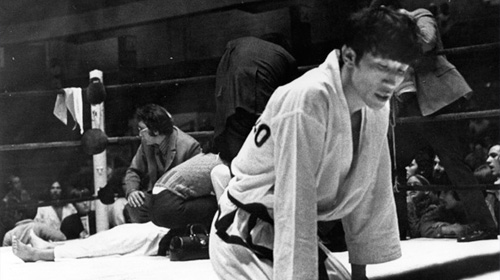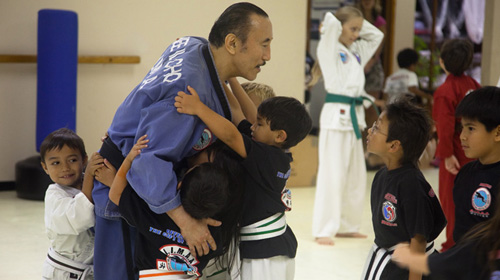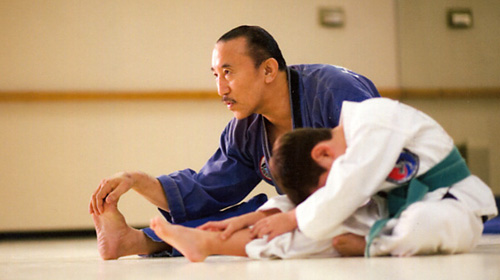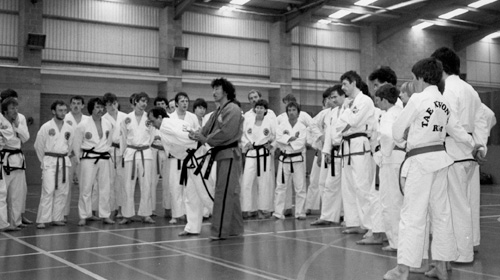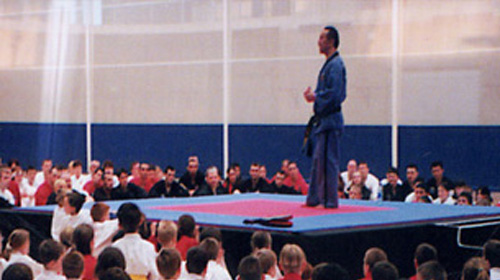
Grandmaster Hee Il Cho
A Lifetime of Tae Kwon Do...
Influencing the worldwide body of
martial arts through his traditional
practices and innovative techniques.
Body as Weapon Part One
A Living Legend
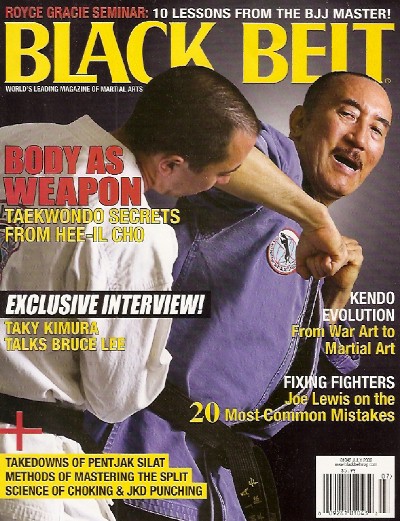 |
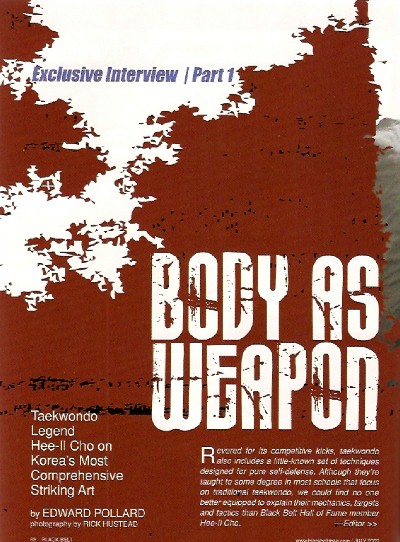 |
Taekwondo Legend, Hee Il Cho, on Korea's Most Comprehensive Striking Art: |
|
Revered for its competitive kicks, Taekwondo also includes a little-known set of techniques designed for pure self defense. Although they're taught to some degree in most schools that focus on traditional Taekwondo, we could find no one better equipped to explain their mechanics, targets and tactics than Black Belt Hall of Fame member Hee Il Cho.
Punching the face comes naturally to martial artists and non-martial artists alike. The challenge comes in not hitting the other person's teeth and not breaking the bones in your hand, Hee Il Cho says. |
Forehead |
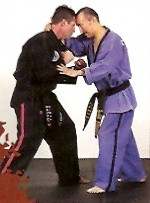 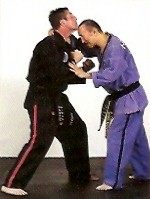 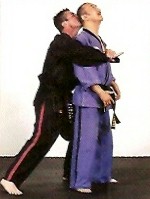 |
| If the opponent is in front of the defender, the head butt can target his forehead or chin. If the opponent is in the back, the defender can aim for for any part of his face with a rear strike. Let’s start with forehead. |
|
Ridgehand To boost the power of the ridgehand, Grandmaster Hee Il Cho recommends combining it with a step or jump. Hand conditioning makes it even more effective. |
Hand Conditioning |
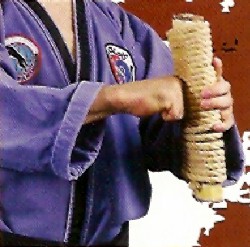 |
| Grandmaster Hee Il Cho hardens his hands by smacking a portable striking board (makiwara). How do you toughen your hands? First you have to develop tougher areas of skin, like you get by doing a lot of work. If you’re barefoot all the time, your feet will be tough. But if you wear socks all the time and soak your feet in the water, they’ll soften up. It’s the same principle. Knuckle push-ups can be good, and hitting a heavy bag is great. Beyond that, you can hit a makiwra or other hard surface. Repetitive motion will help you develop calluses. |
View Grandmaster Cho's Hand Conditioning
To read more about Body As Weapon, Tae Kwon Do secrets from Grandmaster Hee Il Cho, pick up a copy of the July and August 2009 issue of Black Belt Magazine in newstands or book stores.
